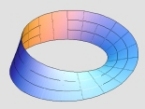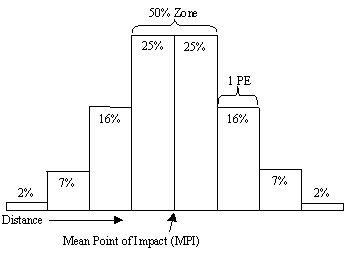Yoozername
Posts: 1121
Joined: 3/4/2006
Status: offline

|
I should have used a jagdpanzer/IV L70 firing pangr 39 instead.
I have seen one source that claims APCR for the KWK/SuK 40 guns was nothing more than 30,000 for the tungsten and about twice as many for the 'W' soft rounds. Production halted in August 43 and stocks were very low at the end of the year. Maybe 17,000 combined APCR+W rounds for the L48 guns. Most large caliper weapons like the 88s had the rounds recalled. There were a lot more smaller caliber rounds especially 50mmL42 and 37mm but these really sucked against sloped armor.
The PAK40 had a similar yet smaller number made.
This is supposedly usage numbers but I suspect they are manufacturing data.
1942:
PaK 40 - Total = 118,000
PaK 40 - PzGr 39 = 42,000
PaK 40 - PzGr 40 = 0 (only 7,700 produced)
PaK 40 - Gr.38 Hl/x = 13,000
PaK 40 - SprGr = 63,000
KwK 40 - no data
1943:
PaK 40 - Total = 1,250,000
PaK 40 - PzGr 39 = 359,000
PaK 40 - PzGr 40 = 42,000
PaK 40 - Gr.38 Hl/x = 374,000
PaK 40 - SprGr = 476,000
KwK 40 - Total = 2,167,000
KwK 40 - PzGr 39 = 499,000
KwK 40 - PzGr 40 = 91,000
KwK 40 - Gr.38 Hl/x = 685,000
KwK 40 - SprGr = 891,000
1944:
PaK 40 - Total = 3,218,000
PaK 40 - PzGr 39 = 1,276,000
PaK 40 - PzGr 40 = 0
PaK 40 - Gr.38 Hl/x = 535,000
PaK 40 - SprGr = 1,407,000
KwK 40 - Total = 3,652,000
KwK 40 - PzGr 39 = 1,083,000
KwK 40 - PzGr 40 = 0
KwK 40 - Gr.38 Hl/x = 394,000
KwK 40 - SprGr = 2,175,000
Any idea how old the Yugo test rounds were?
< Message edited by Yoozername -- 11/29/2012 8:37:26 PM >
|
 Printable Version
Printable Version














 New Messages
New Messages No New Messages
No New Messages Hot Topic w/ New Messages
Hot Topic w/ New Messages Hot Topic w/o New Messages
Hot Topic w/o New Messages Locked w/ New Messages
Locked w/ New Messages Locked w/o New Messages
Locked w/o New Messages Post New Thread
Post New Thread